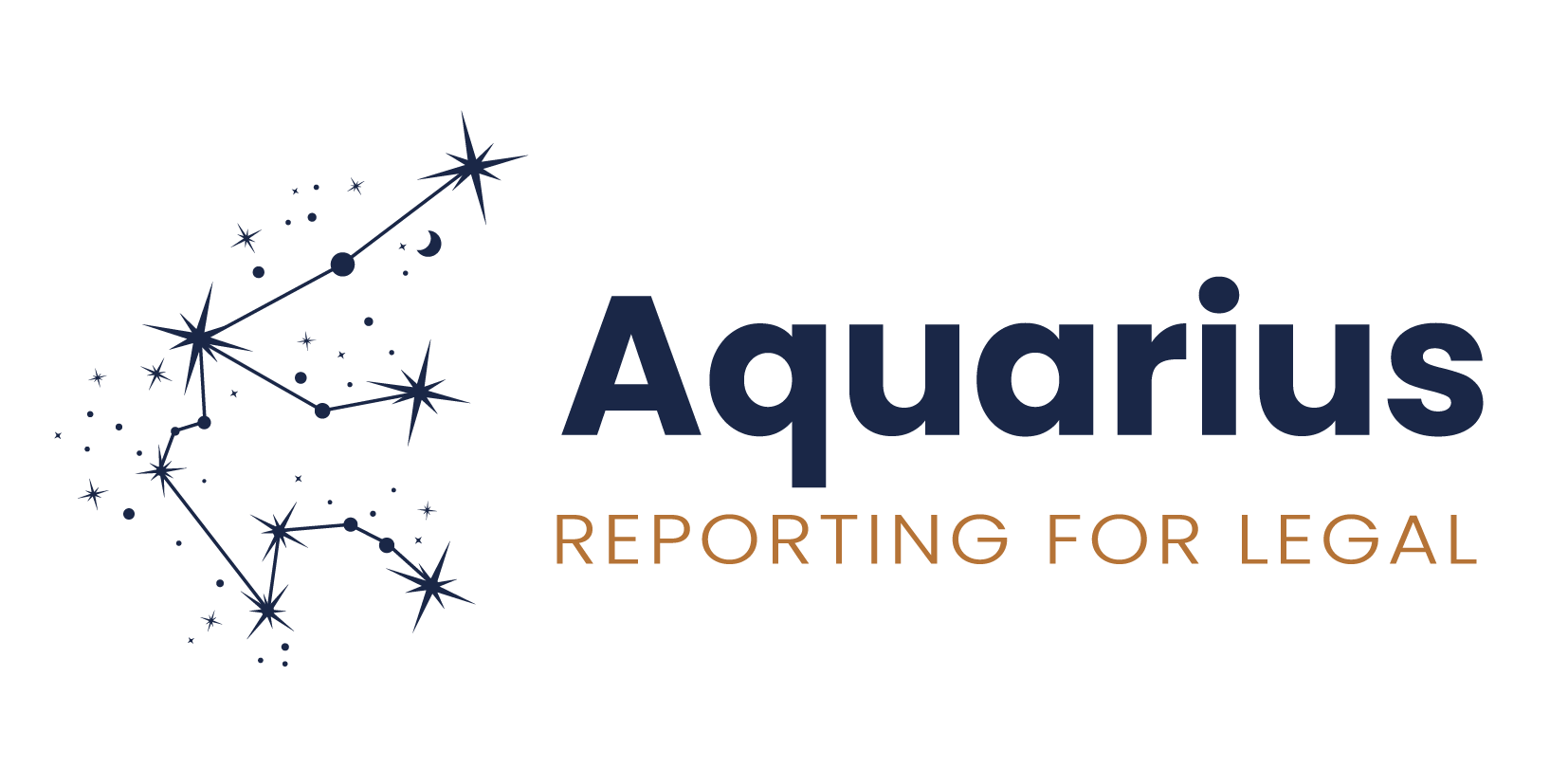
They are the monsters that decimate your resources, exhaust your personnel and poison your will to innovate. But they cannot be killed. You know them – legacy systems that hold years of data and are mission critical. And they cost you dearly. It’s not just the special vendor support contract you need and the reliance on employees being familiar with an ancient cumbersome process, they block you from innovation and agility. You want to replace them or integrate them to newer systems but that’s not simple. There’s no API, no option for ESB or iPaaS and your legacy system holds precious data that you cannot afford to lose or corrupt. Maintenance costs of the legacy beast, although a burden, must be paid. To top it all, your team and customers need access to your legacy system and it cannot be out of service while you try to replace it. So you struggle on, hoping that a day will dawn with a solution on the horizon.
That day has come. RPA is the solution.
In fact, RPA offers a variety of solutions. The simplest approach is to have RPA Bots run the processes. If your legacy system involves repetitive rule-based tasks (which is so common with CRM and financial systems), an RPA Bot can mimic what your staff are currently doing. RPA Bots can enter information from hard copy (using Optical Character Recognition (OCR)) so even if your process involves paper, RPA works for you. Maybe the burden is on engineers tasked with checking logs and sending alert or update notifications. That’s a job for an RPA Bot to take over. The RPA Bots can carry out multiple separate process tasks allowing staff across departments to move onto far more useful activities aligned to your innovation goals. In a way, it’s like outsourcing without the associated risks. There’s no worries about loss of control, scalability, culture misalignment or quality. That’s because you’re still in control, the solution is highly scalable, Bots are 100% accurate and can run 24X 7 without ever taking holiday or sick leave. Your data input volumes increase with error free accuracy, there’s no added expense of overtime and employees tackle far more rewarding work.
As for migration, the cost of replacing your legacy system extends far beyond costs of new software. It’s the time and resources required to put that new system in place that racks up – the testing, the moving of data, the endless cycle of data corrections. Financially, RPA is a far more efficient way to tackle this; it’s feasible on any budget. What RPA enables is a ‘front door’ way to transfer the data from one system to another without the need for APIs, new architecture or system downtime.
In the same vein, integration is feasible with this ‘front door’ approach. Because Bots enter the information in the same way humans do, there are no concerns about system controls being bypassed. Not so with system integration where rigorous testing is the only way to mitigate the risk. There’s no doubt that system integration, once running, would be faster but at what cost and is it even feasible. RPA is a rapid design-to-delivery solution. There’s not a lot of computer coding required because the building blocks are readily available. It also has a pretty low initial purchase price and because of the ease of implementation, ROI is readily available.
There’s no reason to allow your legacy system to hold you back. RPA is your ultimate weapon to slay the legacy system dragon and free you to innovate, transform your businesses and focus on growth.

Eileen O’Mahony | General Manager | WM Promus
Read more articles from Modern Law Magazine here




